16+ plants in okefenokee swamp
The area surrounding the Okefenokee Swamp has a predominant semi- tropical climate. Fish and Wildlife Service has.
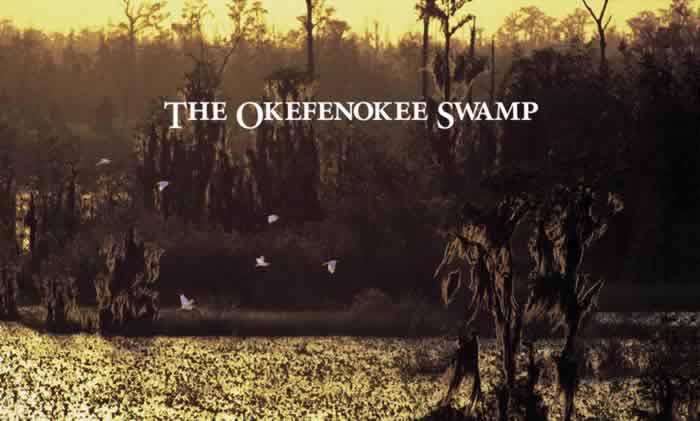
Sherpa Guides Georgia The Natural Georgia Series The Okefenokee Swamp Contents
The Okefenokee is called a black-water swamp because the water has such a dark color.

. Up to 3 cash back Plants of the Okefenokee Swamp - Free download as PDF File pdf Text File txt or read online for free. This freshwater swamp is well. It is in Charlton Ware Brantley and Clinch counties.
It also makes new plants. The Okefenokee Swamp located in southeastern Georgia USA is the largest blackwater wetland ecosystem in North America and the least disturbed freshwater ecosystem on the Atlantic. The Okefenokee is a 600000 acre national wildlife refuge and wilderness area largely accessible by canoe or boat only.
The swamp has a distinctive and fascinating natural history. Floating Islands of Trembling Earth Excerpt from the 1875 Okefenokee Exploration. Cypress swamps winding waterways and floating peat mats are a major part of the Okefenokees habitat.
Winters tend to be drier than the summer months. The Okefenokee Swamp National Wildlife Refuge is full of beautiful plants wildflowers vines and vegetation. With Trail Ridge at its eastern boundary the swamp drains to the south and southwest.
A short article about this unique ecosystem. Its very clean but its full of tannin from the plants that grow in it. The black color of.
The Okefenokee National Wildlife Refuge conserves the unique qualities of the Okefenokee Swamp and is the headwaters of the Suwannee and St. Posted 04 March 2017 - 0156 PM. January is the coldest month with.
Aquatic native plants I typically see in blackwater swamps in eastern North Carolina include Ludwigia palustris Cabomba Juncus. The Okefenokee Swamp in southern Georgia is a vast nearly pristine wetland with an ecosystem that has changed little since the time of the dinosaurs. There are over 400 species of vertebrates including 200 varieties of birds and more than 60.
Hooded Pitcher Plants on a floating island in Chesser Prairie. Okefenokees dark skies sense of solitude and untrammeled wilderness would further be blighted by lighting roadbuilding and permanent facilities. Okefenokee Swamp is a swampy region located mostly in southern Georgia extending slightly into northeastern Florida.
Sarracenia minor okefenokeensis is a carnivorous plant native to North America in Georgia Florida and North. The landscape here is mostly flat but there are some islands of drier. Its home to a wide range of wildlife and plant life.
The Okefenokee Swamp is a mixture of forested swamp and freshwater marsh with some pine uplands.

Using Georgia Native Plants Carnivorous Plants In Okefenokee
Okefenokee Prairie Plants And Wildflowers William Wise Photography

Okefenokee Swamp Wikiwand
Okefenokee Hooded Pitcher Plants William Wise Photography
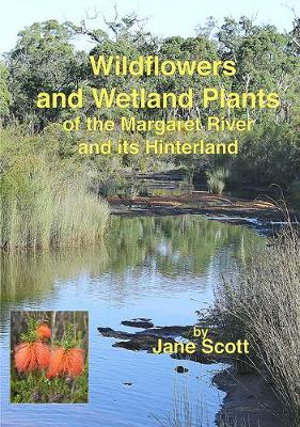
Wildflowers And Wetland Plants Of The Margaret River And Its Hinterland By Jane Scott Boffins Books
Okefenokee Giant Pitcherplant Project Noah

Using Georgia Native Plants Carnivorous Plants In Okefenokee

That Swamp Plant Eats Meat
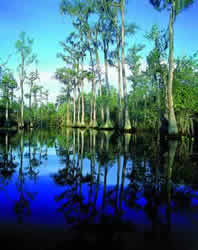
Sherpa Guides Georgia The Okefenokee Swamp Flora And Fauna Of The Okefenokee Swamp

That Swamp Plant Eats Meat
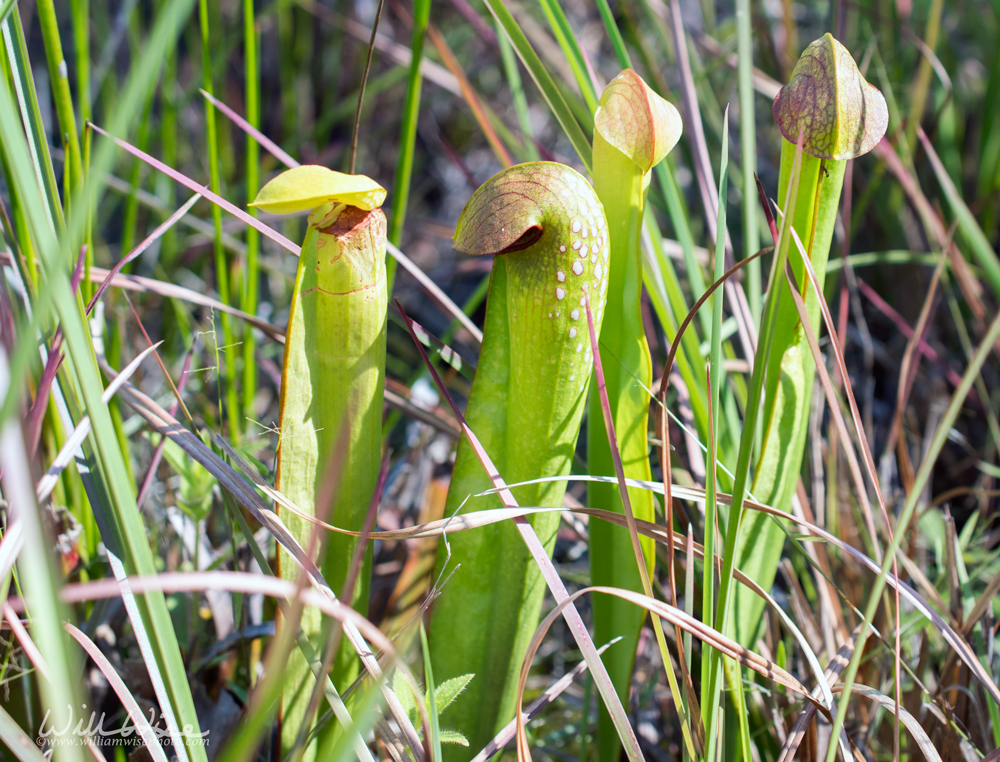
Okefenokee Hooded Pitcher Plants Okefenokee Photography Project By William Wise

Current Water Level Okefenokee National Wildlife Refuge Facebook

Us Wildflower Virginia Cottongrass Tawny Cottongrass Rusty Cotton Grass Eriophorum Virginicum
Okefenokee Prairie Plants And Wildflowers William Wise Photography
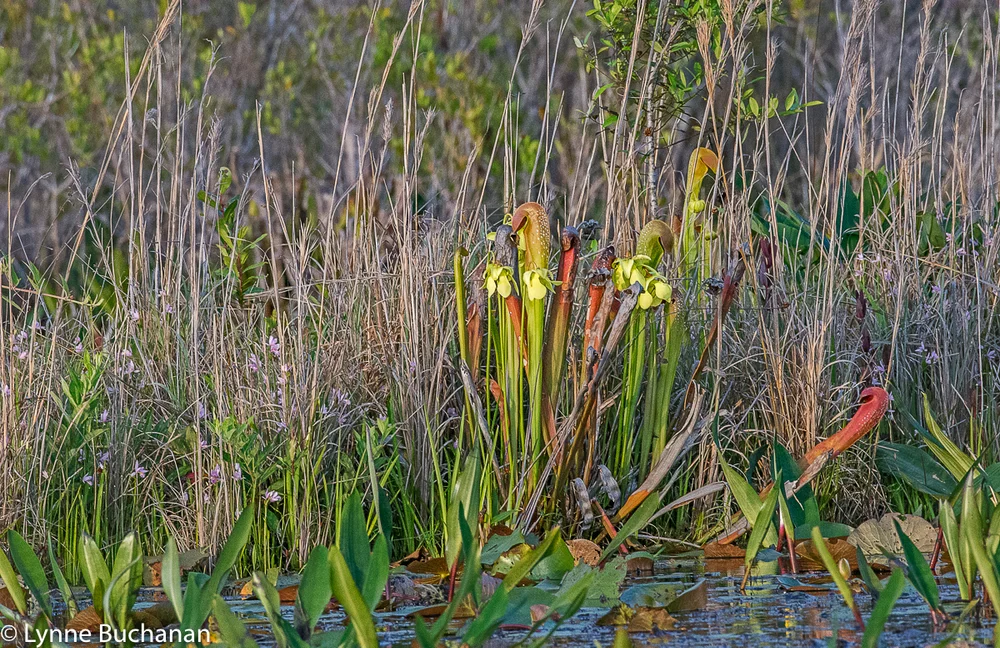
Okefenokee Swamp At Dawn And Under A Full Moon Lynne Buchanan Photography

Okefenokee National Wildlife Refuge A Visit To The Swamp

Shine More Sunlight On Plans To Mine Near Treasured Okefenokee Georgia Recorder